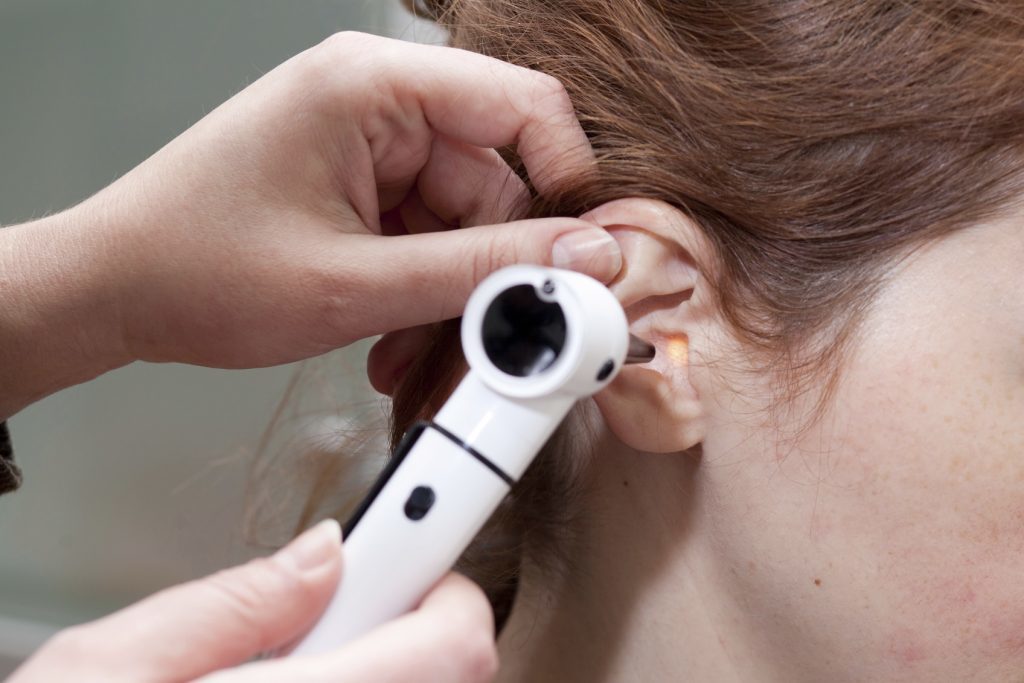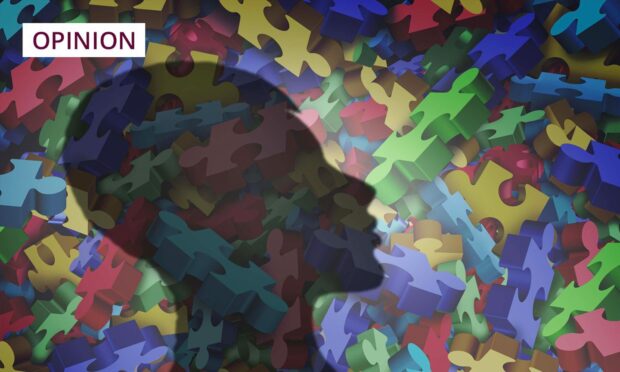For many of us, going on holiday is the high spot of the year. But for anyone with hearing loss it can be a real ordeal.
And if you think hearing loss is something only elderly people suffer from, think again. There are 3.7 million people of working age with hearing loss in the UK and, in fact, the majority of those suffering from hearing loss are under 65,
A recent survey by hearing specialist Amplifon shows that difficulties hearing among crowds or background noise mean two fifths of those who suffer from some form of hearing impairment are avoiding holidays to noisy or city destinations altogether, while almost a quarter say their hearing problems have led to them being far less adventurous when it comes to travelling.
A third even admitted their hearing problems make them feel anxious when they go on holiday or travel somewhere new.
Despite the impact their hearing problems are having on their holidays – and the rest of their lives – a quarter admitted they waited five years or more before seeking professional help.
If we were worried about our eyesight or our dental health we would visit the optician or the dentist without delay. Hearing is just as important and it’s to act as soon as you have any concerns.
Joan Brown, an audiologist with Amplifon in Dundee, explains some of the problems that hearing loss can cause: “It can trigger embarrassment, frustration for both the person with the hearing loss and their family, withdrawal and isolation, lack of confidence and they perhaps stop going to regular clubs, meetings, people become less social,” she says.
The good news is there’s lots of help available.
“Initially a hearing test is the first step for the audiologist to ascertain the type and degree of loss,” says Joan.
“If a mild loss is present, counselling on listening and hearing tactics may help.
“For someone with an aidable loss, we would carry out a lifestyle assessment, and there are many discreet hearing aids available as well as assistive devices which help with listening to the TV, hearing on the telephone and when in background noise,” advises Joan.
Did you know…?
Sitting in front of the speakers at a rock concert can expose you to sound levels of 120 decibels, which will begin to damage your hearing in just seven and a half minutes. Our ears (and nose) get bigger as we get older.
The cochlea (the spiral cavity of the inner ear) has around 1,500,000 tiny hairs called stereocilia which move in response to sound vibrations – a bit like long grass in the wind.
Your hearing can be damaged permanently even after a single incident of exposure to extremely loud noise (shotgun blast, explosion, etc).
Your ears never stop hearing, even when you sleep. Your brain just ignores incoming sounds.
Your ears are more than just necessary for hearing; they also help you keep your balance.
The hammer, anvil and stirrup bones in the middle ear are the smallest bones in the human body.
Not all living creatures hear with ears. Snakes use jawbones, fish respond to pressure changes, and male mosquitoes use antennae.
Ears push excess wax out as required – there’s no need to clean ears out yourself.











